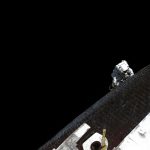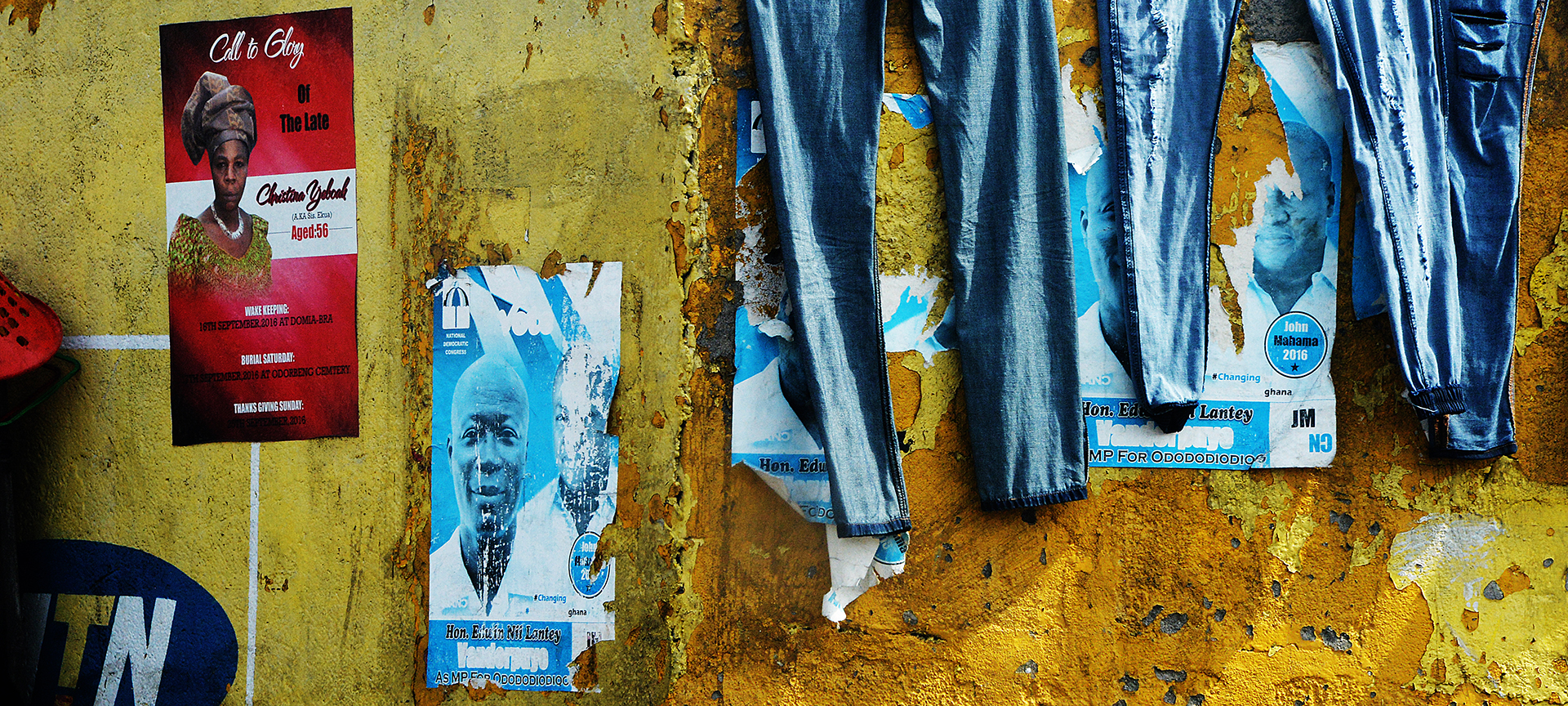
David Hicks – Profile
David Hicks has visited more than 90 countries, photographing anything that captures his attention. His work has been displayed in a variety of unique ways, as well as in 150 galleries on his website. We find out more…
You’re known for owning two card and gift businesses, Really Good and Soul, but how did you get into photography? Have you always had an interest and, if so, when did you decide to pursue it?
I got into photography from a very young age. By eight or nine years old, it vaguely interested me. I did a photography O level, although that was using film, obviously, black & white only and old Russian cameras. After doing that course, I took a long break while I established the publishing companies, but then got back into it after I realised I needed my own creative outlet. I’d been working with artists for years doing stuff that was commercial and creative, but forgot about me.
Does your photography work ever influence your design businesses, or vice versa?
No, never. I keep them separate by necessity, but my travels do influence the businesses. By walking the streets of a city, I often come across an interesting retail outlet, or an interesting product, or maybe an interesting gallery, so that might be an influence. But not my photography.
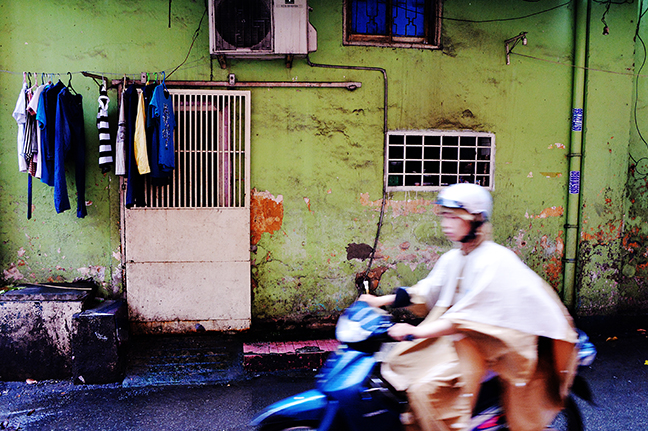
How would you describe your style of photography? Do you use particular techniques in your work?
My work is social commentary, done in an artistic way. The galleries are themed in a worldwide way, or a very local way. They can take many years to shoot, or 30 minutes if it’s very local. As for particular techniques, not really. But I have learned to ‘shoot from the hip’ pretty well in order to get candid shots, and I prefer a higher contrast compared with other photographers.
What about gear? Do you have a favourite go-to lens or set-up?
Currently I’m using my Nikon Df. It’s styled as an old school, old-fashioned camera, so I can take it around the world without people suspecting it’s actually quite a good camera. I shoot quickly, so I only use one zoom lens that I don’t have to change over and risk missing shots or getting dust on the sensor. Purists would argue I should be using prime lenses only, but I’d miss too many shots. I pack a spare camera, my Sony compact, which packs a punch bigger than you would expect. I dropped and broke my camera once, but luckily I was in New York so I could sort something else out. I learned a lesson, though, and always packed a spare from that moment, as there are plenty of countries where you’re really screwed if you break your gear.
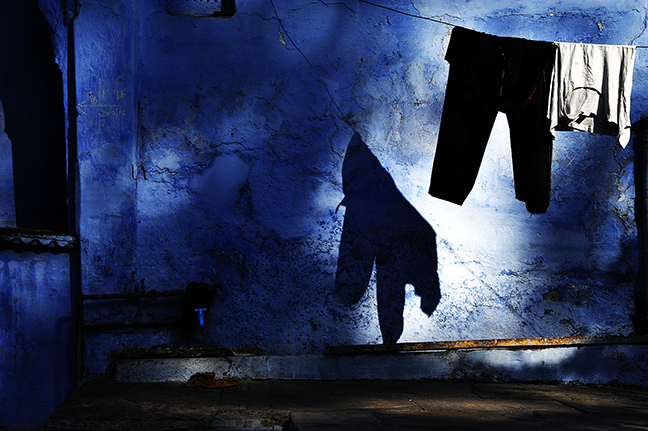
After seeing so much, what have you learned about the world through your experiences? How do you feel your images reflect this?
That regardless of governments, which tend to make things hard, people on the street are great. Not all, but a lot. If you give them time and a smile, they’ll do the same. It’s very humbling and I appreciate my own life more when I return. Simple comforts that we’ve come to expect are luxuries in a lot of places. People generally want the same things: shelter, food and a safe place for them and their families. I hope my work just reflects the fact that we’re all just human. I don’t aim to criticise, but to celebrate the differences in our lifestyles and attitudes.
When it comes to creating a website and showcasing work, we’re often told to not show too much. Why did you decide to feature 150 galleries?
And counting! I know, and I’ve been told that, too, and not to bring stuff out so often. Well, it’s not ‘their’ game, it’s yours. I do exactly what I like and if ‘they’ can’t keep up, it’s not my problem. I’m creative and won’t be slowed down to a pace that might suit others. ‘They’ want to pigeonhole and sell a brand. If I’m branded, I can’t produce what I want or think I should, so success isn’t always creative.
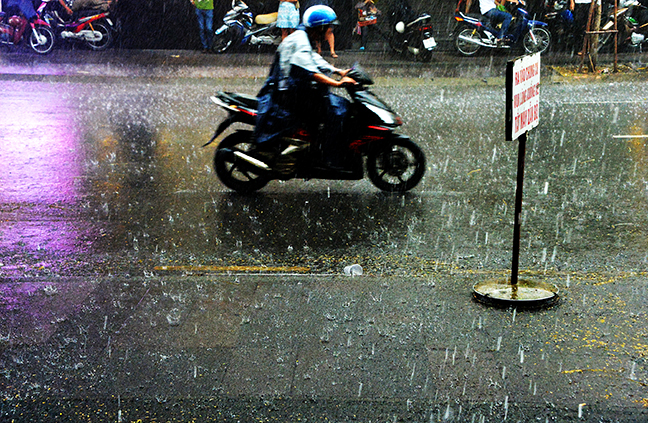
Each gallery has a very specific theme, for example, ‘Those Pesky Pigeons’, ‘World Time’ and ‘The Jumpers’. Which came first, the themes or the images? Can you talk us through the process?
Good question. The images in the first instance, but there are a number of trips when you start photographing things where you’re not sure if you’ll ever see another one again or it’s ‘a thing’ in the country you’re in. Then you think of a title and you get excited and start seeking whatever out. From the galleries you mentioned, though, always the images, as they all took several years
to complete.
Of all of the themes, do you have a particular favourite? What about a favourite image and why?
My favourite gallery is always the next one I’m working on. It’s important to love it and get excited by it. However, I have slight weaknesses for ‘With or Without You’, ‘The Optimists’ and ‘The Light of the Darkness’. As for favourite image, that’s even harder.
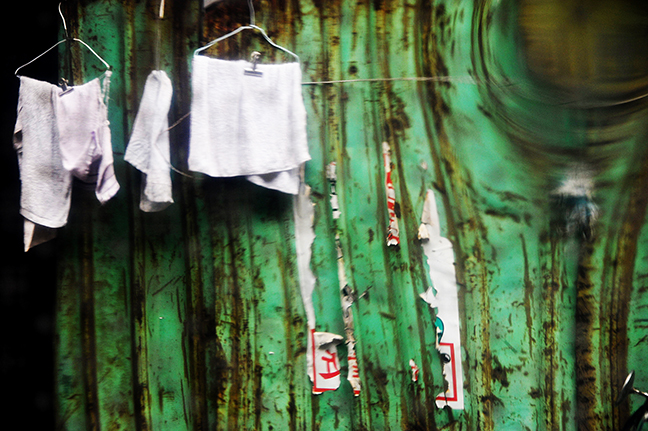
Are you always on the lookout for new types of shots to capture – not only to fit into the themes you have, but to create new themes?
I always look to create new themes, unless it’s an exceptional photograph in the making. I walk the streets a lot when I travel and just come across things. It’s hard to seek shots out, because you never know what direction to walk in. I can’t say that they come to me exactly, but I stumble across things.
Are there any other themes you’ve yet to publish, or themes you’d like to shoot?
There are loads always waiting to process and upload. Some I’ll look at with fresh eyes at some point and a small percentage will never see the light of day. With others I may decide I’ve strayed from my original intention, but there are plenty I just have to edit intensively. Sometimes it’s about being harsh and not showing certain images I might love, in order for the gallery to work.
I don’t really seek out themes, but there are plenty that I have to add to ongoing projects if I stumble upon them. My latest gallery was released on 31 January.
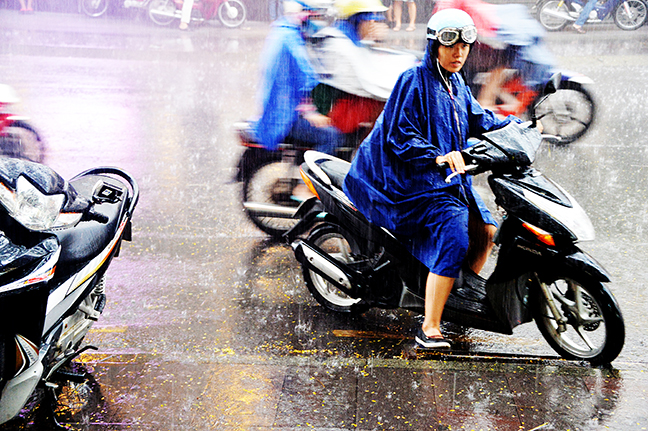
We hear you’ve printed your images on materials such as glass, wood and even silk. Can you talk us through your ‘photomentary’ process?
Yes, I’m keen on this. Obviously, I can’t do it with every theme, just the ones you can physically print on something appropriate. I started by thinking how boring photography had got. Too much printing, mounting and Ikea framing. If photography is art, then it had got lazy and needed to take the hard path of presenting the work on other things. So, photomentary was born. So far, I’ve printed on tabletops, rear-view mirrors, sari silk, old greenhouse glass, goatskins, old bus windows and old double-glazing panels. They need a certain type of printing that you don’t find everywhere, and of course searching out the substrates and testing if it’s possible in the first place. It takes time, but good art should. Don’t get me wrong, there are a lot of fantastic photographers out there, but I wanted to focus on how photography could move on in terms of presenting the art.
One of your most recent exhibitions, Tabletops, features images of tabletops printed onto tabletops – it’s such a simple yet effective idea. Was this something you always had in mind when taking these photographs, or is it an idea that you developed later?
To be honest, it happened during the shooting of them. Just being framed or on an online gallery didn’t seem right to me, so I made it harder for myself and started printing them on actual tables. It works really well.
Finding new ways to be creative with photography can sometimes be a challenge, but you seem to have it spot on. How do you do it?
In part, I’ve taken my experience of designing and creating giftware to think sideways. I’m always under pressure to think of something new and different for that market, so I used the same thinking process.
Have you got anything coming up that we should look out for?
No exhibitions planned (as we speak), but lots happening in terms of new work. Also, I’m testing a new substrate to print on.
To enjoy David’s ever-growing galleries – which includes short ‘stills’ films and images from exhibitions using David’s photomentary process – visit his website.
Article as featured in Photography News, issue 64.

